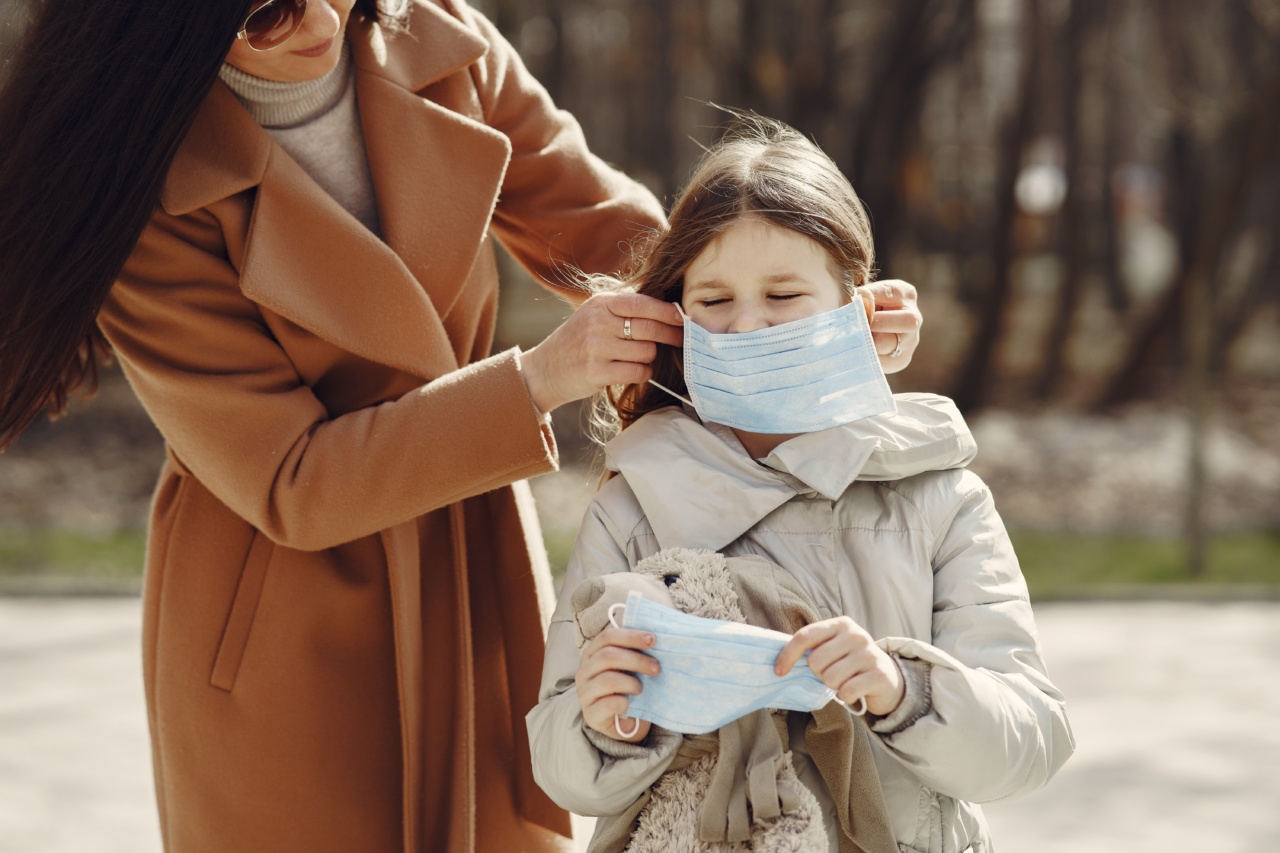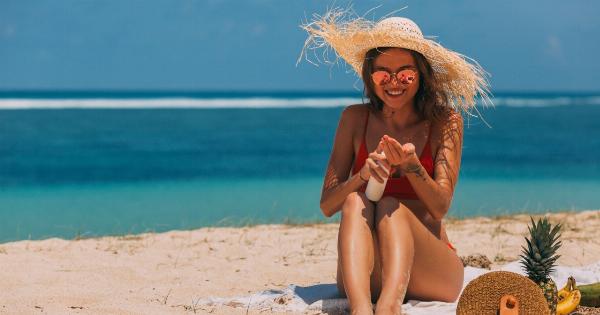Protecting your child’s delicate skin from the harmful rays of the sun is crucial to prevent sunburn and reduce the risk of long-term skin damage.
Children have thinner and more sensitive skin than adults, and excessive sun exposure can lead to painful sunburns, heatstroke, and an increased risk of skin cancer in the future. By following some simple sun protection measures, you can ensure that your child enjoys outdoor activities safely. Here are some tips to keep in mind:.
1. Seek Shade
Whenever possible, try to keep your child in the shade, especially during the peak hours when the sun is the strongest (usually between 10 am and 4 pm).
Look for natural shade under trees or use umbrellas, awnings, or canopies to create shade in outdoor areas. Remember that UV rays can still reach your child even on cloudy days, so shade should always be sought out.
2. Dress Your Child in Protective Clothing
Cover your child’s skin with lightweight, loose-fitting clothing that covers as much skin as possible. Opt for long-sleeved shirts, long pants, and wide-brimmed hats that provide shade for the face, neck, and ears.
Dark-colored clothing with a tight weave offers better protection against the sun’s rays. Make sure to choose fabrics that are breathable and comfortable to prevent overheating.
3. Apply Sunscreen
Use sunscreen with a sun protection factor (SPF) of 30 or higher on your child’s exposed skin, even on cloudy days.
Apply it generously at least 15-30 minutes before going outdoors, and reapply every two hours or more frequently if your child is swimming or sweating. Look for broad-spectrum sunscreens that protect against both UVA and UVB rays. Ensure the sunscreen is specially formulated for children and hypoallergenic to minimize the risk of skin irritation.
4. Protect the Eyes
Children’s eyes are more susceptible to UV damage than adults. Encourage your child to wear sunglasses that provide 100% UV protection whenever they are outside during daylight hours.
Opt for sunglasses with larger frames or wraparound styles that offer better coverage and protect the delicate skin around the eyes. Additionally, consider hats with a brim that shades the face and eyes for added protection.
5. Stay Hydrated
Encourage your child to drink plenty of fluids, especially water, to prevent dehydration and heat-related illnesses. When playing outdoors, provide frequent breaks in shaded areas for your child to rest and rehydrate.
Avoid sugary drinks and caffeinated beverages as they can contribute to dehydration.
6. Be Mindful of Medications
Some medications can make the skin more sensitive to the sun’s rays. If your child is taking any medication, consult their healthcare provider or pharmacist about potential photosensitivity.
They may recommend extra precautions or advise avoiding sun exposure altogether during the medication period.
7. Educate Your Child
Teach your child about the importance of sun protection from an early age. Explain why they should wear protective clothing, use sunscreen, and seek shade when necessary.
Make it a habit for them to apply sunscreen themselves as they grow older, ensuring they understand the proper application techniques and the importance of reapplying regularly.
8. Check the UV Index
The UV Index provides crucial information about the strength of the sun’s rays on a particular day. Check the UV Index in your area before planning outdoor activities, and make adjustments to sun protection measures accordingly.
Higher UV Index values indicate a greater risk of harm from unprotected sun exposure.
9. Lead by Example
Children learn best through observation. Set a good example by practicing sun-protective habits yourself. When your child sees you seeking shade, wearing protective clothing, and applying sunscreen, they are more likely to adopt these habits as well.
10. Stay Sun Safe All Year
While sun protection may be emphasized during the summer months, it is essential to practice sun safety throughout the year. UV rays can still be harmful during cooler months or on cloudy days.
Make sun protection a year-round habit for your child’s overall well-being.




























